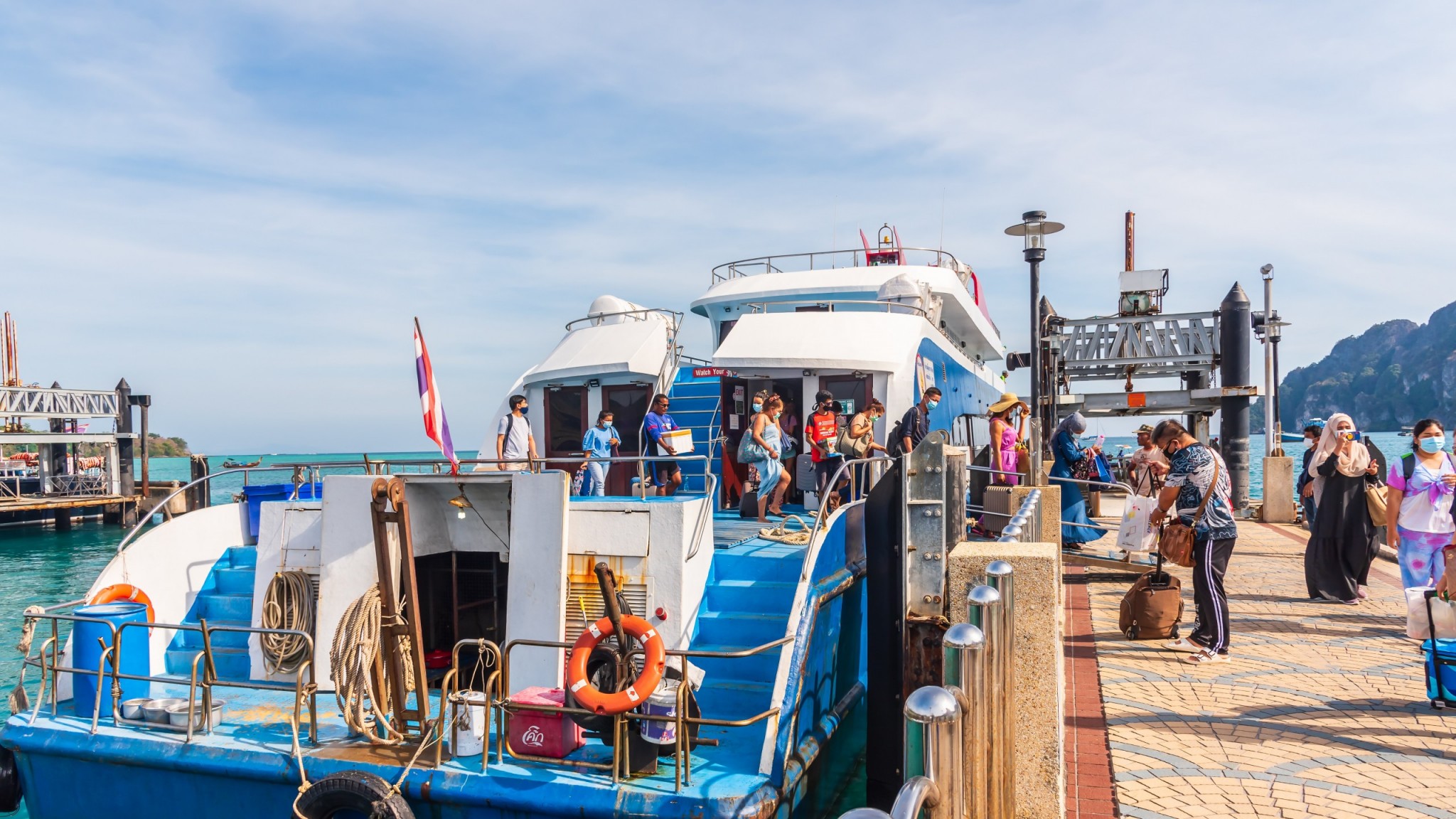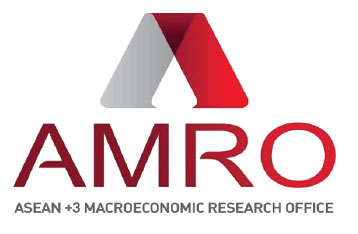By Anne Oeking
This article was published as an op-ed in South China Morning Post on May 15, 2021.

- Where domestic restrictions have been lifted, domestic travel and tourism have resumed, giving a much-needed boost to the hard-hit sector
- Regional policymakers and industry players have innovated and discovered new value propositions to survive and thrive during the downturn
As Singapore enters a tighter phase of COVID-19 restrictions this weekend, the future of its “travel bubble” with Hong Kong has been thrown into limbo yet again. Under this arrangement, which was set to start on May 26 after a delay, travelers from these two financial hubs would have been exempted from quarantine.
It would have given a glimmer of hope to the rest of Asia that borders can be reopened safely. As yet, many borders remain closed and the prospect of travel remains uncertain.
ASEAN+3 – comprising the 10 Association of Southeast Asian Nations economies, China, Japan and South Korea – constitutes almost 30 per cent of the world’s population but accounts for only about 3 per cent of total confirmed global COVID-19 cases. Despite the low caseload, several economies are experiencing renewed waves of infection.
Ten of the 14 ASEAN+3 borders are completely closed, with the remainder open only to small segments of travelers or implementing strict testing and quarantine rules. The region received around 3 million international visitors between April and December 2020, compared to more than 200 million – many of them intraregional – during the same period in 2019.
The tenacious, evolving nature of the pandemic has necessitated a constant review of border policies and pushed back border reopenings by some countries several times. Regional economies with high reliance on foreign travelers, such as Cambodia, Thailand and Hong Kong, have been hit hard. A full rebound in tourism is unlikely until the pandemic is under control globally through mass vaccinations.
Where domestic restrictions have been gradually lifted in economies with successful virus containment, domestic travel and tourism have resumed, giving a much-needed boost to the hard-hit sector. In several larger ASEAN+3 economies – China, Japan, South Korea, the Philippines and Vietnam – domestic travelers accounted for the vast majority of visitors pre-pandemic and domestic tourism accounted for a large share of revenue in the industry.
Domestic tourism can also provide a boost to the industry in some economies where outbound tourism was much greater than inbound tourism before the pandemic. If money usually spent abroad shifts to the domestic economy, previously unheralded domestic tourism could benefit at least parts of their travel industry.
Even with the virus largely under control in several ASEAN+3 economies, open and unbridled international leisure travel as we once knew it is unlikely to be a reality any time soon. With cases surging globally, imported infections risk spilling over to the local community.
New, more virulent COVID-19 variants have complicated containment efforts and have necessitated some tightening of measures. For instance, Singapore and Vietnam recently extended quarantine periods upon arrival from 14 to 21 days for visitors from most countries.
Ultimately, international travel can only be safe if both visitors and hosts are protected from the virus. Collective efforts to address unequal access to vaccines and the uneven pace of vaccinations is therefore key to unlocking greater resumption of travel.
In the meantime, a gradual, calculated-risk approach to reopening borders is crucial to maintaining a balance between supporting the travel and tourism industry and preventing a resurgence of infections from imported cases. Clear conditions and tangible travel protocols are needed to manage expectations and facilitate travel.
For example, for the Singapore-Hong Kong travel bubble to go forward, unlinked, locally transmitted cases in either city have to be five or fewer in the rolling seven-day average. Some countries might allow for tourism within a controlled location. While Thailand’s broader borders remain closed, the island of Phuket plans to reopen its beaches to fully vaccinated tourists from July 1.
An important success factor in these early stages of border reopening is the willingness to review and readiness to revise travel guidelines as needed. Quick, decisive adjustments have helped many governments minimize risks of more domestic outbreaks.
The long-awaited Australia-New Zealand travel bubble was partially paused when local infections were detected so both countries could keep the virus under control. In such instances, support should be provided to citizens who are caught abroad when border policies suddenly change.
Until borders are completely open, domestic tourism will be the main driver for the travel industry. To boost domestic tourism, policymakers and industry players in ASEAN+3 have introduced various measures, including travel subsidies and tax relief, and launched promotional campaigns to entice domestic tourism.
They have also come up with innovative ideas and services, such as repurposing airports for luxury camping, rebranding tourist attractions to appeal to locals and repricing hotel rooms and amenities as alternative venues for remote working and domestic holidays. Such measures have provided a boost to the hotels and hospitality industries, enabling them to survive. Some might even discover new value propositions to distinguish themselves when international tourism returns.
In the meantime, the world must come together to ramp up vaccinations to achieve herd immunity, which is the only condition for the safe reopening of borders and the full recovery of tourism.
